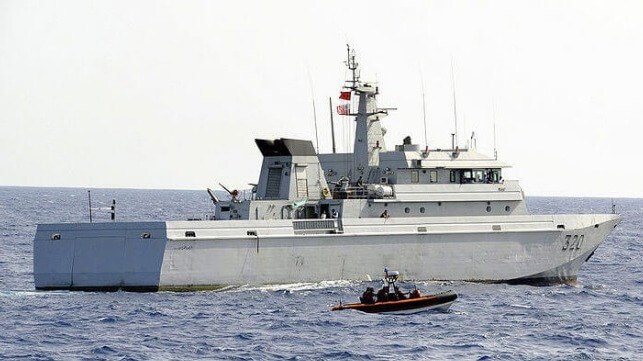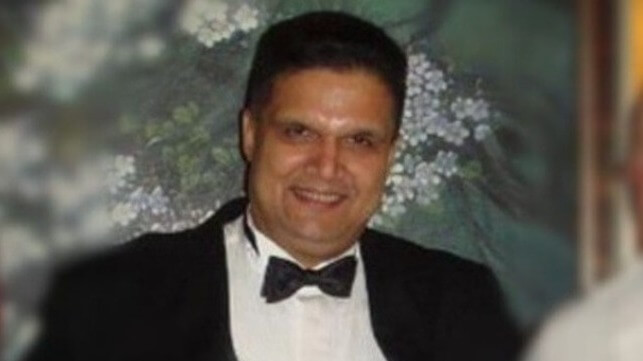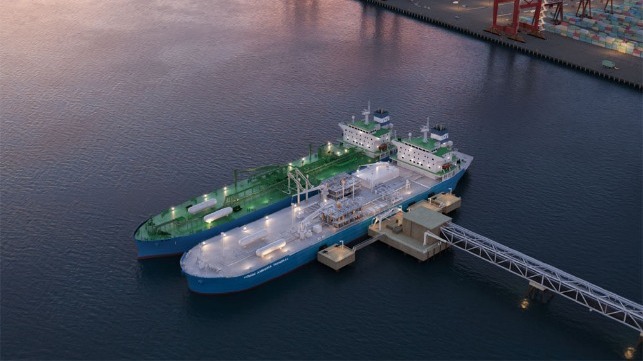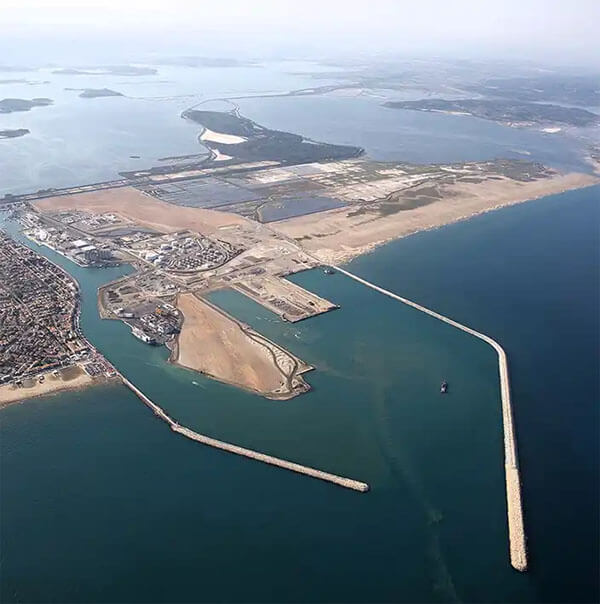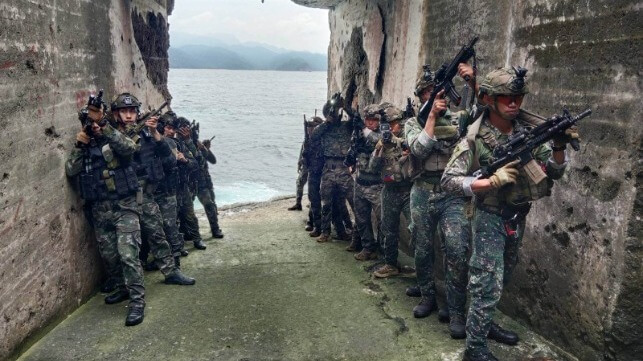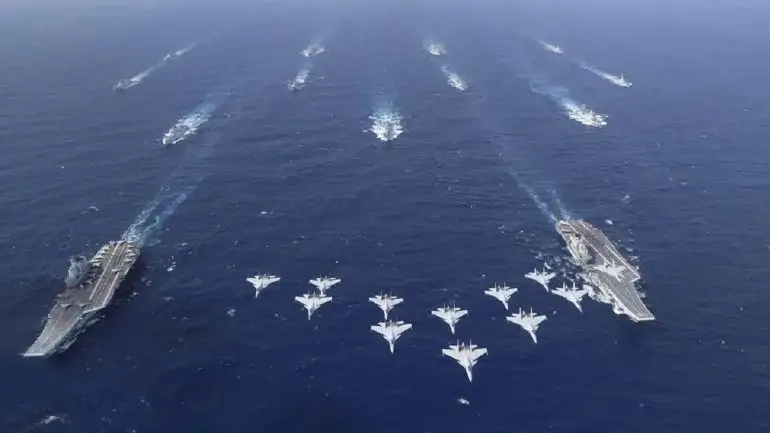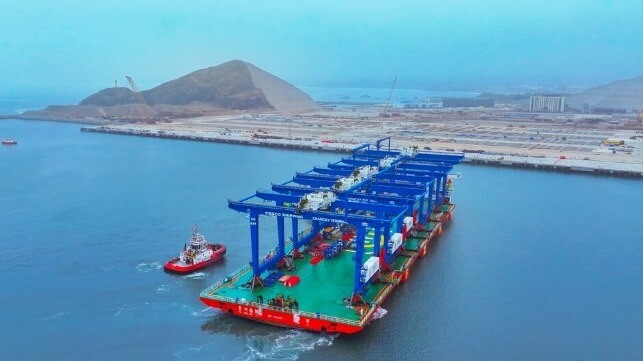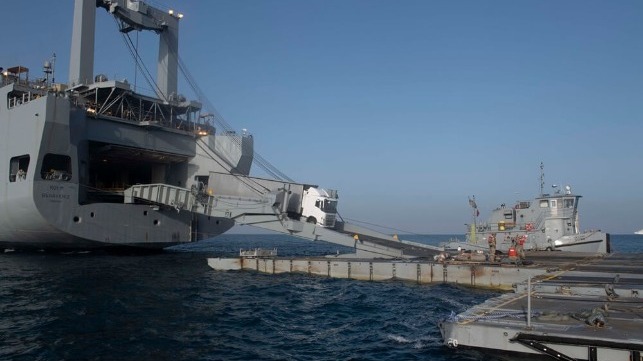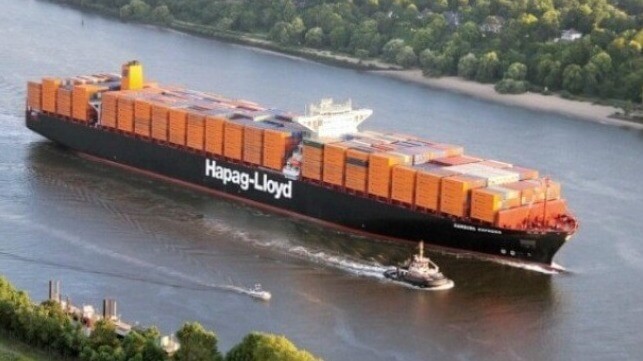As the people of the United States await the outcome of the polls, people across the world are left to wonder how a Donald Trump or Kamala Harris victory will impact their countries, given the global hegemon’s central role in geopolitics. This is especially true in the socialist Republic of Cuba, which for over 65 years, has faced a comprehensive economic, commercial, and financial blockade imposed by the US government and maintained continuously by different Democratic and Republican administrations.
As Dr. José R. Cabañas, the director of the Center for International Policy Research and former Cuban ambassador to the United States, told Peoples Dispatch, “The position towards Cuba of the different US governments that have alternated in power since 1959 responds to a State policy, which has been shaped by successive executive and legislative decisions.” However, he adds that, “it is not necessary to say that one party or another has been more or less inclined to establish one type or another of relationship with Cuba.”
This consistent policy, he argues, has been based on the ideological imperative “to defeat a sovereign social project that does not bow to Washington’s interests.”
The blockade costs Cuba an estimated USD 5 billion annually and seriously restricts the country’s ability to purchase vital items such as fuel, food, medicine and medical equipment, spare parts for machines, and other goods necessary for the maintenance of daily life and production.
While this policy has bipartisan support, there have been distinctions in how both parties approach the issue, and this nuance can often mark an important difference.
From thawing to tightening
In the second term of Democratic President Barack Obama, the US administration began the “thawing” process of relations between the two countries from 2014-2016, opening up historic avenues of dialogue and collaboration. In 2016, Obama became the first US president to visit Cuba since 1928, and the normalization process saw the lifting of restrictions on travel, on sending remittances, and on financial interactions between the two countries. While the blockade was still firmly in place, in those years, it seemed that an end to the blockade may have been on the horizon.
How was this possible? For the Cuban diplomat and researcher Dr. José Cabañas, those advances, “were the result of many historical trends that occurred in parallel in time and that have to do with projections from both the US society and the different levels of government in that country. But the main thing is that there was an understanding and a willingness at the highest executive level to manage bilateral relations with Cuba in another way, based on the fundamental criterion that what had been done previously had not served any purpose of US foreign policy.”
Dr. Cabañas, who himself played a central role in the historic process, reflected that, “Particularly in its policy towards Latin America, it was the United States, not Cuba, that isolated itself. In the eyes of the world, Washington was a mighty giant that was unable to subdue a small country without great material or financial resources. Most of the negotiations that were undertaken at that time had positive results for both parties because they were discussed on the basis of equality and mutual respect. Twenty-two MOUs (memorandum of understanding) were signed that are in force today, although not fully implemented, which are the basis for any future relationship between the two countries.”
Then, Donald Trump won the 2016 presidential elections and in his words, he, “canceled Barack Hussein Obama’s deal with the Cuban dictatorship and reimposed tough sanctions on the regime.” During his time as president from 2017 to 2020, Donald Trump imposed 243 new sanctions against Cuba, included it on the state sponsors of terrorism (SSoT) list, and implemented Title III of the Helms-Burton Act which allows Americans to sue companies doing business with Cuba, which every previous president had waived. These moves, plus the arrival of the COVID-19 pandemic, which cut Cuba off from its primary source of income: tourism, plunged the island into its most serious crisis since the special period.
Biden’s betrayal
Despite promising to reverse Trump’s policies on Cuba, when Obama’s former VP Joe Biden became president, he maintained the majority of the 243 additional sanctions imposed by Trump as well as the inclusion of Cuba on the SSoT list. Only two years into his presidency, faced with mounting popular pressure, did Biden begin to lift some of the Trump-era restrictions such as eliminating the USD 1,000 limit on sending remittances, facilitating family reunification, and the resumption of regular and charter flights to Cuban provinces.
Cuban diplomat and researcher Dr. Cabañas told Peoples Dispatch that Biden’s betrayal to his campaign promise was because Biden’s “national ‘security’ team assumed the thesis of his predecessors that Cuba had entered a dead-end crisis caused by the combined effects of the COVID-19 pandemic and the tightening of the blockade, which is why it was only necessary to sit back and wait for the fall of the Cuban government.” The July 2021 protests “were used to foster such hope”, but ultimately, years later, the Cuban government has faced further tests and still stands strong today.
As Biden’s term comes to an end, part of his troubled legacy will be having applied an identical policy on Cuba as his sworn enemy and someone he considers a fascist (Donald Trump). Biden’s policy, according to Dr. Cabañas, “has not meant the slightest benefit for his country, nor for his constituents. The recent vote against the blockade of Cuba in the United Nations confirms that Washington is isolated in its intentions and that it only receives the support of a genocidal government like that of Israel.”
Trump vs. Harris
When looking at the Trump vs. Harris match-up, while Harris has not given a clear direction of where she stands, it is certain that Donald Trump would resume a belligerent and aggressive policy towards the island and attempt to take his sanctions and measures against Cuba even further than he did in his first term.
In various campaign events, the hard-line conservative has lamented that Biden “lift[ed] sanctions on Cuba” and stated, “I had sanctions in Cuba to a level that they were willing to make a deal at any time…If that election [in 2020] were a legitimate election, we would have had a deal with Cuba.”
He also remarked, “Nobody ever did more for Americans who love Cuba than a gentleman named Donald J. Trump when he was president. We had it going beautifully. We are going to be taking it over very quickly, and then they blew it. What they’ve done is so terrible in the last three years with respect to Cuba, we had it just where we wanted it. It was all set to go, and they blew it. They blew it so badly.”
If one is to assume that Harris’ position would in some way reflect her predecessors Biden and Obama, a possible worst case scenario is that she does not lift any more sanctions against Cuba, and the best case scenario is that she could move towards the Obama-era policy.
In a 2020 survey conducted by the Tampa Bay Times, the Harris campaign was asked “Would you end or continue the trade embargo with Cuba?”, they responded, “Senator Harris believes we should end the failed trade embargo and take a smarter approach that empowers Cuban civil society and the Cuban American community to spur progress and freely determine their own future.” While many of her 2020 positions have since shifted, this response reflects the global consensus which is that the blockade is a failed policy.
According to Dr. Cabañas, “It is an increasingly widely shared opinion that this policy, in 65 years, has not achieved the desired results, beyond impoverishing the lives of the Cuban people and creating undesired migratory flows to the United States.”
He maintains that, “Any future presidential administration that considers that this attitude has been one of the most evident fiascos of the country’s foreign policy and that is willing to [sacrifice] the occasional gains in campaign funds and some votes from specific localities, will be in a position to evaluate other options.”
Ultimately, Trump’s policies on Cuba, like the policies of all US presidents since 1959, have failed in their main objective to break the resolve of the Cuban people and of the tens of millions across the world who stand with the Cuban revolution. These policies have caused tremendous difficulties and challenges for the Cuban people, like the recent nation-wide blackout, or the immense challenges of responding to a pandemic or natural disaster whilst under blockade. Yet, these recent events have given more impetus to the international campaign to end the blockade and clarified the immoral and stubborn position of the United States. Last week, 187 countries voted for a resolution to end the US blockade, with only the US and Israel voting against it.
Within the US, the grassroots movement in solidarity with Cuba and against the US blockade has also grown, as people increasingly see the deep injustice of not only blockading their neighbour but also how their own rights are restricted.
As Dr. José R. Cabañas told Peoples Dispatch, “No next US president will be able to affirm before his people that it makes no sense to fight cancer or diabetes together with Cuban experts, that it is not a realistic purpose to protect the well-being of the Caribbean Sea from the inclemencies of climate change, that it is not necessary to exchange information with Cuban authorities on the multiplicity of threats to US national security from international criminal organisations, that without communication with Cuba, air safety in the region can be preserved, and many other examples. The planet is one and neighbouring states have special responsibilities that cannot be avoided.”
Whether it is Trump or Harris, the fundamental shifts in US policy on Cuba, will be produced by pressure from below.
Courtesy: Peoples Dispatch
